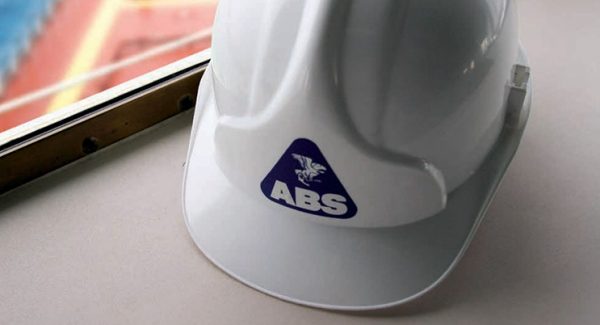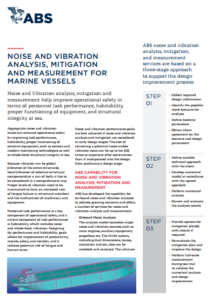Noise and vibration analysis, along with mitigation and measurement can help enhance operational safety as far as personnel task performance, habitability, proper functioning of equipment, and structural integrity at sea, are concerned.
Because vibration can be global, local or a mix of both, it has to be considered in a comprehensive way. Proper levels of vibration need to be maintained to prevent an increased rate of fatigue failure in structural members and the malfunction of machinery and equipment.
Personnel task performance is a key factor of operational safety, and an important component of task performance is habitability, which includes noise and whole-body vibration. The planning for performance and habitability goals enables the improvement of productivity, morale, safety, and comfort, and it decreased potential risk of fatigue and human error.
Noise and vibration performance goals can be best achieved if noise and vibration analysis and mitigation are considered during early design stages. The cost of correcting a potential noise or vibration issue can be ten times more expensive after construction than if incorporated into the design from the initials design stages.
First Step:
- Collect required design information
- Identify the possible worst scenario for analysis
- Define baseline parameters
- Obtain client agreement on the scenario and design parameters
Second Step:
- Define suitable technical approach with the client
- Develop numerical model in accordance with the agreed approach Perform numerical analysis
- Review and evaluate the analysis results
Third Step:
- Provide options for mitigation plan(s) with clients if required
- Re-evaluate the mitigation plan and improve the design
- Perform full-scale measurement during sea trial to validate the numerical analysis and design improvement
You can learn more about the importance of Noise and vibration analysis in the following PDF































































